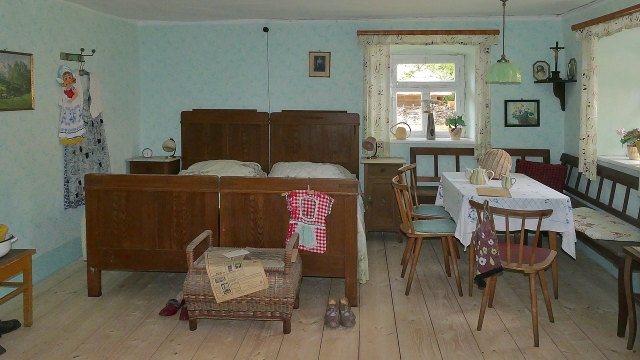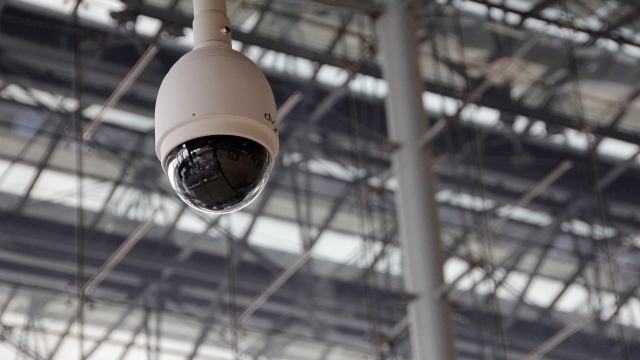
Top Energy Efficient Appliances for Your Home

In today’s world, where energy costs are on the rise and environmental concerns are more pressing than ever, creating an energy-efficient home is not just a trend; it’s a necessity. Implementing energy-efficient home solutions not only helps reduce your carbon footprint but also significantly lowers utility bills. Whether you’re looking to upgrade your appliances, incorporate smart technology, or embrace simple DIY strategies, there are numerous ways to make your home more sustainable. Let’s explore some of the best solutions that can help you achieve an energy-efficient living space.
Top Energy-Efficient Appliances for Your Home
When it comes to energy efficiency, the appliances you choose play a crucial role. Investing in energy-efficient appliances can lead to substantial savings over time. Look for products that have the Energy Star label, which signifies that they meet strict energy efficiency guidelines set by the U.S. Environmental Protection Agency.
Some top energy-efficient appliances to consider include:
- Refrigerators: Modern refrigerators are designed to use significantly less energy than their older counterparts. Models with features like variable-speed compressors and LED lighting are particularly efficient.
- Washing Machines: Look for high-efficiency (HE) washers that use less water and energy per load. Front-loading models are typically more efficient than top loaders.
- Dishwashers: Energy-efficient dishwashers not only save water but also consume less electricity than older models. Features like soil sensors and energy-saving modes can enhance their efficiency.
Making the switch to these appliances may require an initial investment, but the long-term savings and benefits to the environment make it worthwhile.
Smart Home Technology to Enhance Energy Efficiency
Smart home technology offers innovative ways to enhance your home’s energy efficiency. With the right devices, you can monitor and control your energy consumption from anywhere, making it easier to reduce waste. Here are some smart technologies to consider:
- Smart Thermostats: Devices like the Nest or Ecobee learn your heating and cooling preferences, allowing them to adjust the temperature automatically for optimal energy savings.
- Smart Lighting: Replace traditional bulbs with smart LED lights that can be controlled via smartphone apps. These lights can be programmed to turn off when not in use, helping to eliminate unnecessary energy consumption.
- Energy Monitors: Smart energy monitors track your energy usage in real-time, giving you insights into which appliances consume the most energy. This data can help you make informed decisions about your energy consumption habits.
By integrating smart home technology, you can easily optimize your energy use and save money on your bills.
Simple DIY Solutions for Reducing Energy Consumption
Not all energy-efficient home solutions require expensive upgrades or advanced technology. There are many simple DIY strategies that can make a significant impact on your energy consumption:
- Seal Leaks: Inspect your windows and doors for drafts and use caulk or weatherstripping to seal any gaps. This can help maintain your home’s temperature and reduce heating and cooling costs.
- Insulation: Ensure your home is properly insulated, especially in the attic and walls. Adding insulation can prevent heat loss in winter and heat gain in summer, leading to lower energy bills.
- Program Your Thermostat: If you have a traditional thermostat, consider manually setting it to lower temperatures during the night and higher temperatures during the day when you are away from home. This can reduce energy usage significantly.
Implementing these simple changes can lead to immediate improvements in your home’s energy efficiency without breaking the bank.
In conclusion, whether you’re upgrading to energy-efficient appliances, incorporating smart technology, or employing DIY strategies, there are many paths to creating a more sustainable home. By exploring these energy-efficient home solutions, you can make a positive impact on both your wallet and the environment. For more resources and ideas on creating an energy-efficient home, check out additional guides and tips that can help you on this journey.



